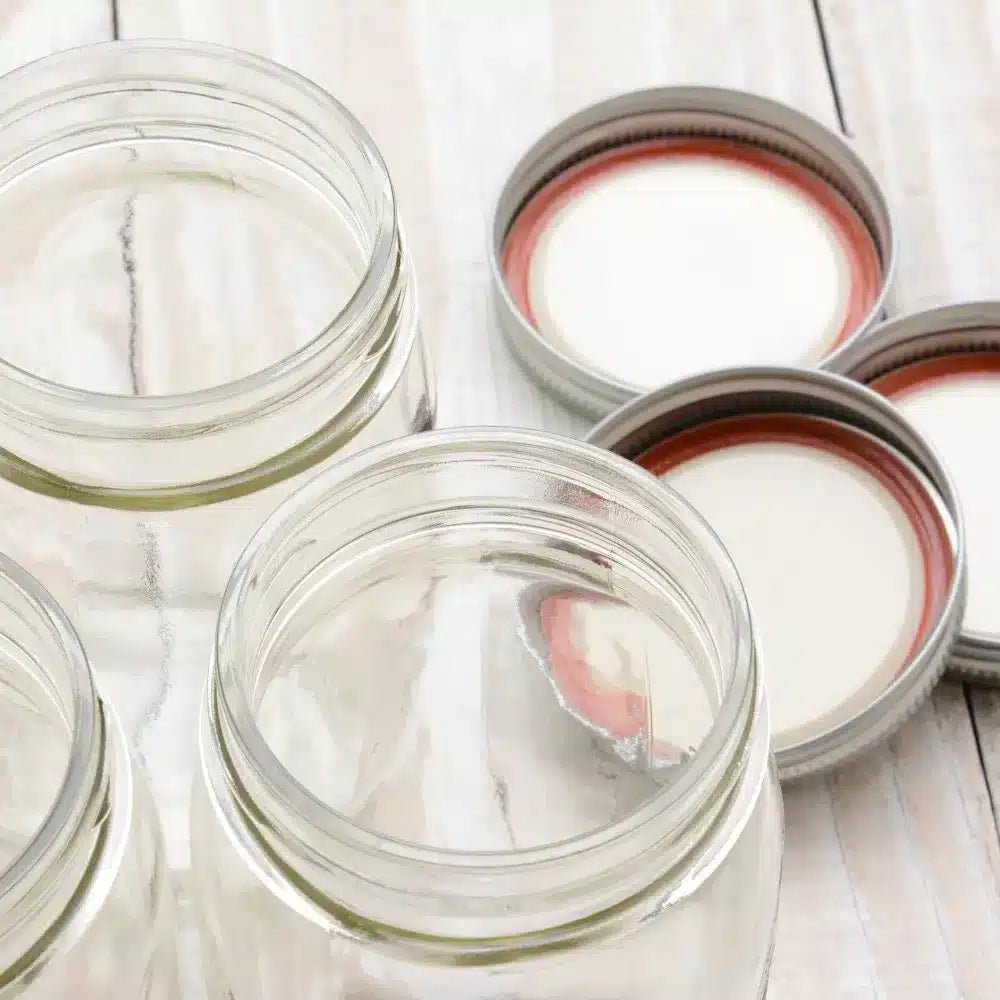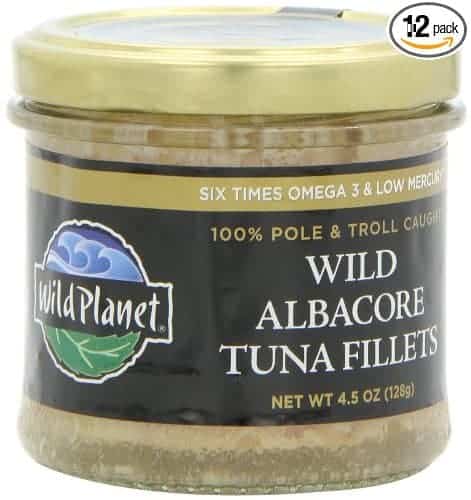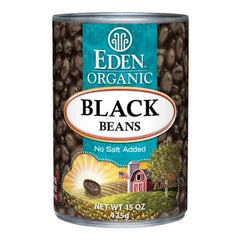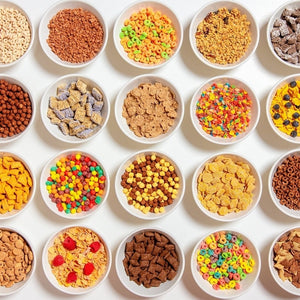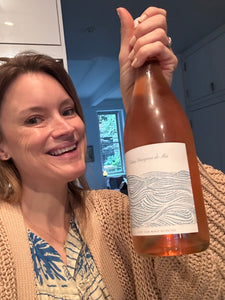(First, read my disclosures page.)
When I recently read some posts on social media that lauded companies that aren’t using BPA in the linings of their cans, I couldn’t help but wonder…what are these companies using instead? So one of my staffers spent the last couple of weeks calling the makers of products that come in BPA-free cans—she asked questions about the materials they use, and then I did some digging about the safety of these materials.
Are any of these canned goods truly Good Stuff, or is it just a bunch more Sneaky Stuff?
Here’s what I found out.
What Is Bisphenol-A?
For those of you who still aren’t sure what BPA stands for or is or why it’s scary, here’s what you need to know:
- It’s bad. BPA stands for bisphenol-A, and it’s a plastic-softener that is an established toxin. BPA exposure is linked to things like asthma, sexual dysfunction, breast cancer, and obesity.
- It’s everywhere. BPA is pervasive—it’s in hard plastic, on receipts, and even in recycled toilet paper. It’s also in the lining of most cans (where it’s used as an epoxy resin). It’s also used in containers that store food and beverages, such as water bottles. BPA is particularly prone to leaching when heated (during pasteurization) or when it comes in contact with acidic foods.
- Small amounts matter. You don’t need to be exposed to large amounts of BPA in order for it to be toxic. In fact, low-level exposure may actually be worse than high-level!
Related post: Are Tetra Paks Nontoxic and Safe?
What About BPA Replacements?
So clearly we don’t want BPA touching our food, particularly food that’s acidic (like tomatoes). But consumers usually aren’t aware that many BPA-free products contain a different bisphenol, such as bisphenol S (BPS), which may actually be worse than BPA, bisphenol B (BPB), bisphenol A diglycidyl ether (BADGE), bisphenol F (BPF), or bisphenol F diglycidyl ether (BFDGE). For this reason, I tell my clients to avoid all plastics as much as possible when it comes to food storage and preparation.
But what about canned foods from companies that advertise their packaging as BPA-free? What are they using instead, and is it safe? Here’s the deal…
Companies Using BPA-Free Cans…What Are They Using Instead?
- Glass should be the first choice for food storage.Amy’s told us that their BPA-free can liner is proprietary, an answer that I never like to hear!
- What Amy’s uses instead of BPA: The most we could get out of them is they use an “acrylic polyester blend.”
- My take: Any company that won’t disclose specific materials or ingredients is Sneaky in my book. Moreover, while acrylic and polyester aren’t highly toxic ingredients, they are types of petroleum-based thermoplastic, and as such release plastic vapors. I would rather they not touch my food.
-
Farmer’s Market Foods said their cans are free of BPA and BPS.
- What Farmer’s Market Foods use instead of BPA: “Several versions of polyester, polyester powder, and modified polyester.”
- My take: This answer is a little vague to bring much comfort, although as stated above, polyester is a less toxic type of plastic. While I would probably choose this brand over say, Goya, it’s definitely not Good Stuff.
-
Bionaturae cans do not contain any bisphenols (BPA, BPS, etc.).
- What Bionaturae uses instead of BPA: A polyester plastic coating.
- My take: See my comments above on polyester (it’s Sneaky Stuff, basically). I do love the Bionaturae strained tomatoes in the glass jar, and will continue to buy those.
-
Crown Prince Seafood advertises some of their products as coming in BPA-free cans.
- What Crown Prince uses instead of BPA: Vinyl organosol lacquer.
- My take: Yikes. Vinyl is really bad stuff, linked with cancer. In addition, some epoxies made from vinyl organosol contain other bisphenols (such as BADGE). This is definitely Sneaky Stuff.
-
Muir Glen is one of the brands I have bought for years, somehow implicitly trusting them.
- What Muir Glen uses instead of BPA: Vinyl triazine.
- My take: See my comments above on vinyl. I am unable to find much information on vinyl triazine specifically, but as I stated above, vinyl is Bad Stuff, making Muir Glen Sneaky.
-
Westbrae Natural calls their coating “food-grade epoxy.”
- What Westbrae Natural uses instead of BPA: Polyester and/or acrylic.
- My take: See my comments above (under “Amy’s”).
-
Wild Planet Foods has been promising us an answer on what exactly they use in their cans for weeks. I will update this post when we get the list from them.
- What Wild Planet uses instead of BPA: All we know at the moment is that “different cans contain different materials.”
- My take: For now, I am calling Wild Planet Sneaky Stuff, especially because a few years ago they discovered that their fish contains trace amounts of BPA, despite not using it in their cans. Presumably, it was introduced at some point during the manufacturing process.

